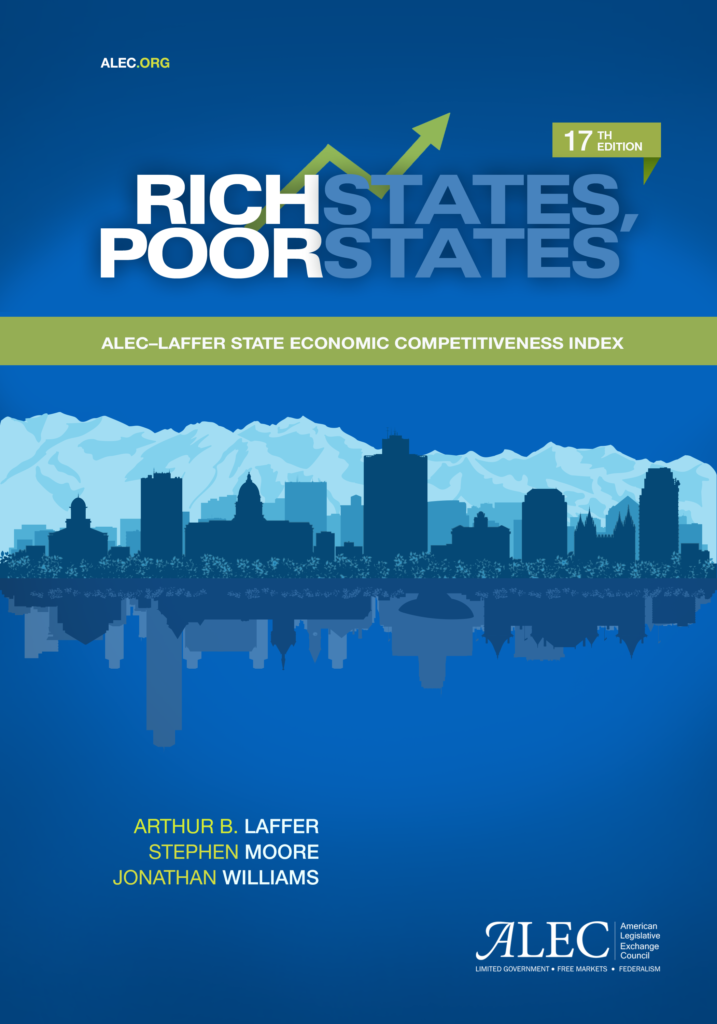Governor Mark Dayton delivered one of his final State of the State addresses in St. Paul. The headlines focused on the frightening moment when the governor fainted, but otherwise mostly ignored the content of his speech. While Governor Dayton’s emphasis on balancing the budget is commendable, it should not be particularly difficult considering Minnesota has one of the highest overall tax burdens in the country. At 9.85 percent, the state has the highest top marginal individual income tax rate in the region and the 5th highest in the country according to Rich States, Poor States: ALEC-Laffer State Economic Competitiveness Index. In terms of overall tax burden, Minnesota is also among the worst. The biennium budget recommendation released by Governor Dayton includes nearly 10 percent more general fund spending than the previous budget, a proposal totaling $45.8 billion. The state is awash with hard-earned taxpayer dollars, and Governor Dayton spent much of his address discussing the various ways in which he plans to increase spending even further.
The governor focused heavily on spending increases in education. He proposed a 2 percent hike in the per-pupil aid formula for each of the two years included in the biennium budget, at an estimated cost of $371 million. State funding for higher education already increased by 20 percent from FY 2013 to FY 2015, and he is recommending further increases, particularly for capital investments. Dayton also plans to spend more heavily for Pre-K programs.
Transportation and infrastructure were also key issues the governor addressed. He has proposed investing billions in roads and public transportation systems. Governor Dayton also emphasized the need for the state to invest in keeping lakes, rivers and streams safe, with an estimated cost of $36 million.
Ironically, Governor Dayton referenced the law of unintended consequences when discussing the out of control costs and failures of the Affordable Care Act. Minnesota is one of the states that accepted Medicaid expansion money, and Governor Dayton now acknowledges the “failures of the ACA are having devastating effects on the lives of many Minnesotans.” Four years ago the state enjoyed some of the lowest individual health market premiums in the country, but now ranks in the middle of the pack after only a few years of skyrocketing premiums. Dayton suggested increasing competition and choice in the marketplace as a possible remedy, an undoubtedly prudent move.
The governor admitted “low taxes have never been Minnesota’s path to prosperity.” Instead, he claims the state’s successes are due to public investment made possible by tax revenue. As noted earlier, Minnesota has one of the highest tax burdens in the nation. Yet, the state somehow still has crisesin education, infrastructure and healthcare according to the governor. These three line items constitute over 60 percent of state spending.
With an economic outlook ranking of 45th of 50 in Rich States, Poor States, perhaps it is time for Minnesota to buck the status quo by cutting out of control government spending and allowing taxpayers to keep more of their hard-earned money.




